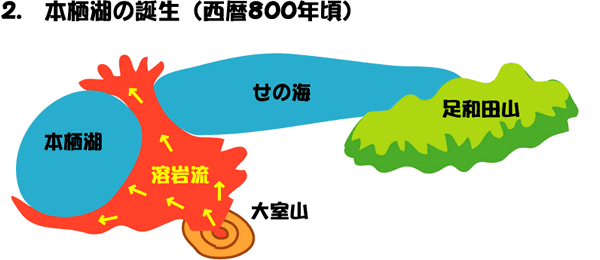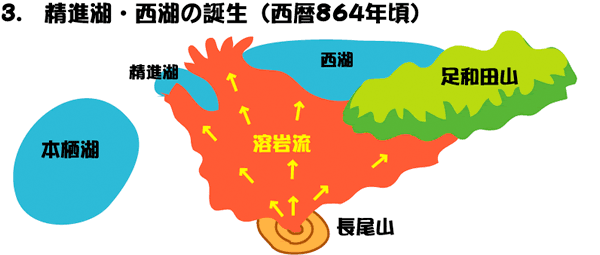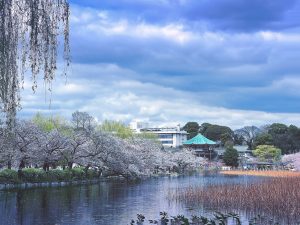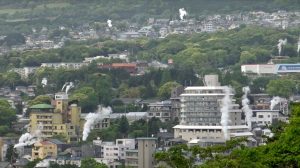Fuji Five Lakes
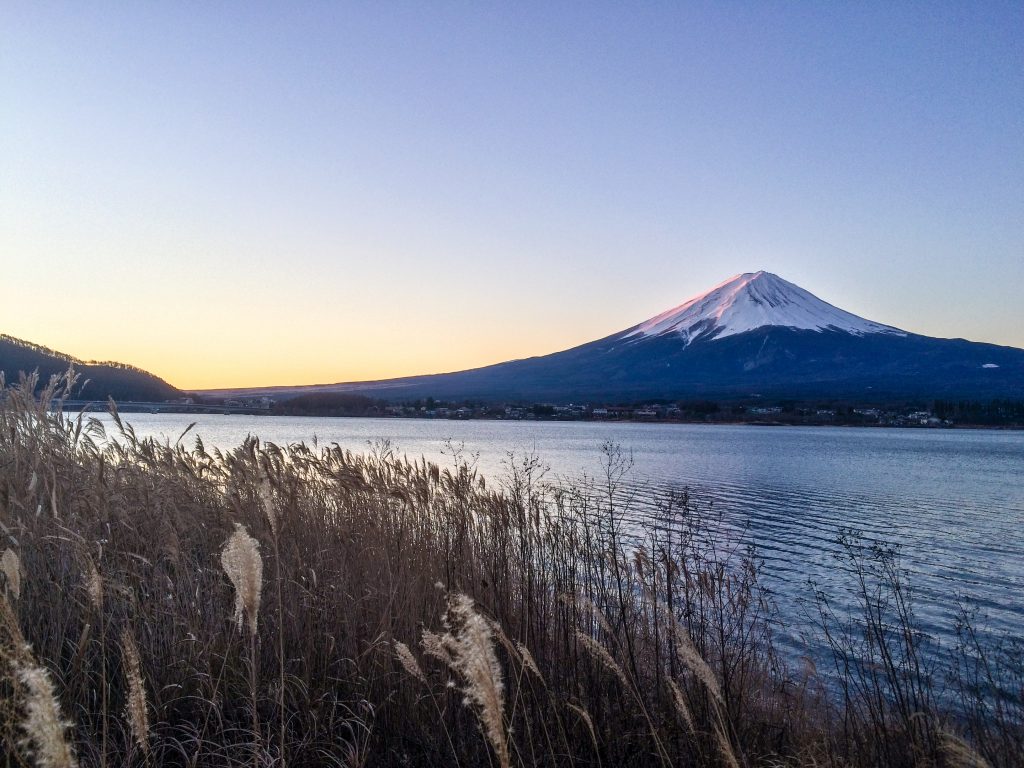
| The Good | The Not-So Good |
| Great views of Mt Fuji | Buses or car hire only |
| Well managed hiking trails | Fairly expensive hotels |
The Fuji Five Lakes are 5 lakes with some of the best views of Mount Fuji in Japan. Closely linked to the activity of the sacred volcano, their shape and number have changed over the millennia and in the present day, form a chain of lakes on the northern edge of Mount Fuji’s slopes.
All are popular destinations for outdoor pursuits such the obvious all manner of water based activities possible, as well as hiking the numerous hills and mountains that enclose many of the lakes.
When to go to Fuji Five Lakes
Check out the Lake Kawaguchiko article for details on the kind of weather expected per month around the Fuji Five Lakes. If you can’t see Mount Fuji due to clouds there isn’t much point going. The lakes don’t offer the best hiking in Japan, or the best water-based activities in Japan – they offer them at an average level + you can see Mount Fuji. The hotels are also not the best on offer in Japan – you are paying for the view.
To that end, going while the volcano is snow capped but the weather is pleasantly warm is the best option – November (for the fall leaves) or March-April (for the cherry blossoms).
Below is a summary of each lake in order of ease of access. The photos are of a winter Fuji. Remember that during the summer there is no snow.
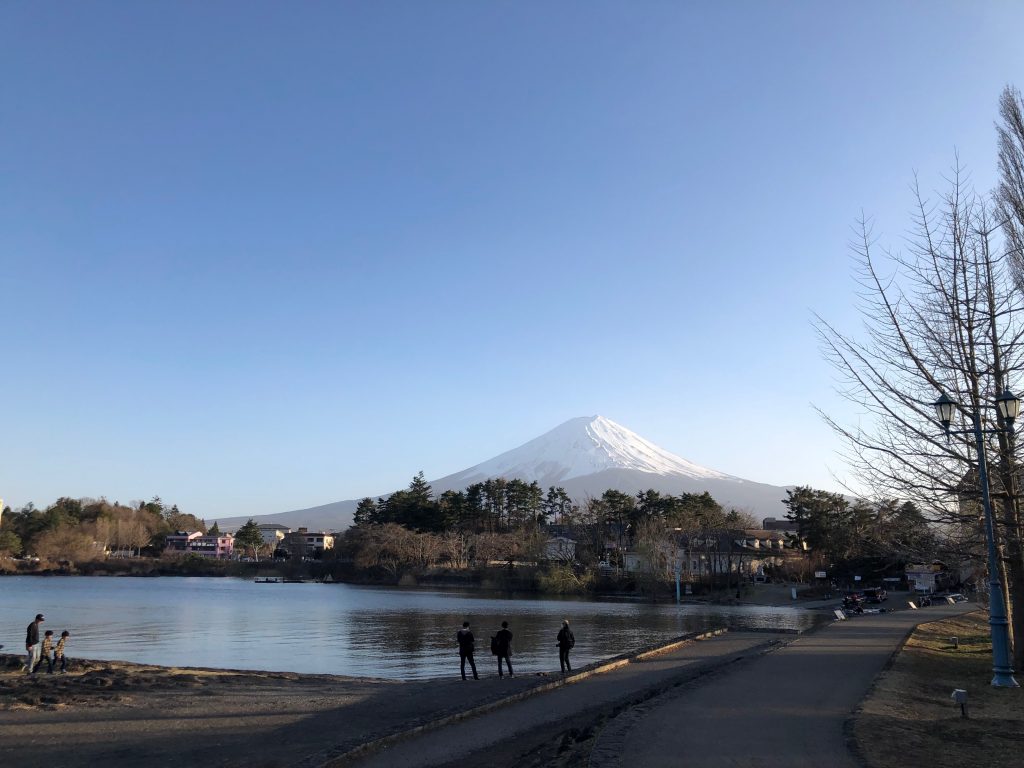
Lake Kawaguchiko
A popular start for hiking up Mount Fuji, a highly developed and easily accessible lake with regular bus and train access and a number of museums, hotels, restaurants and a rope-way with great views of Mount Fuji. A beginners start to Fuji Five Lakes.
When Japan article on Lake Kawaguchiko
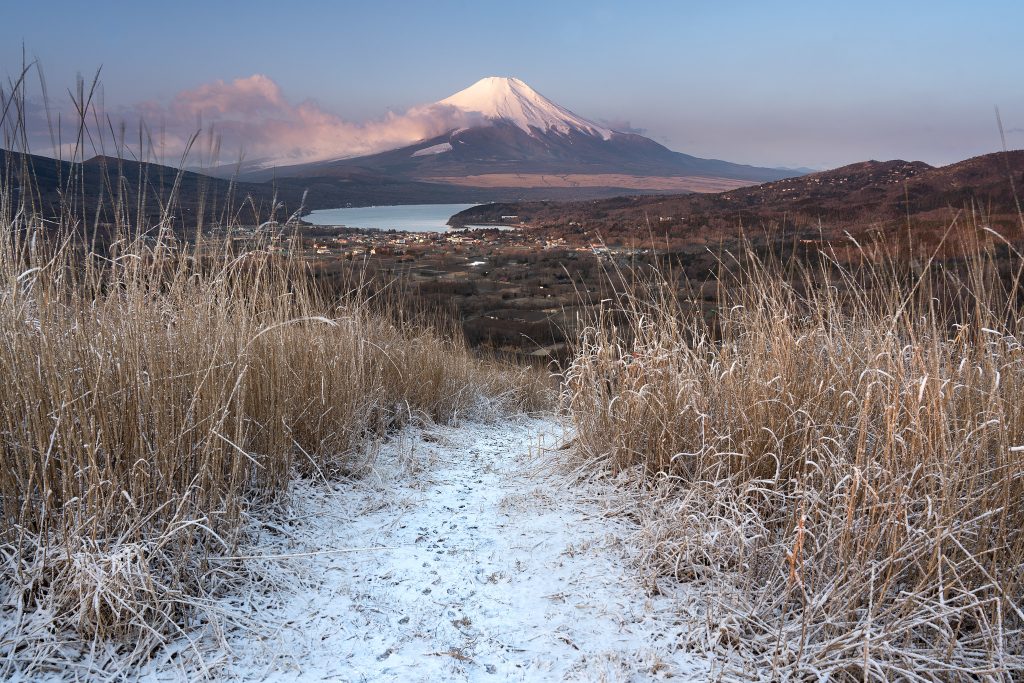
Lake Yamanakako
The second more developed and accessible only by bus, Lake Yamanakako is more laid back and less touristy than Lake Kawaguchiko. It is the largest lake and the only lake to freeze in winter
When Japan article on Lake Yamanakako
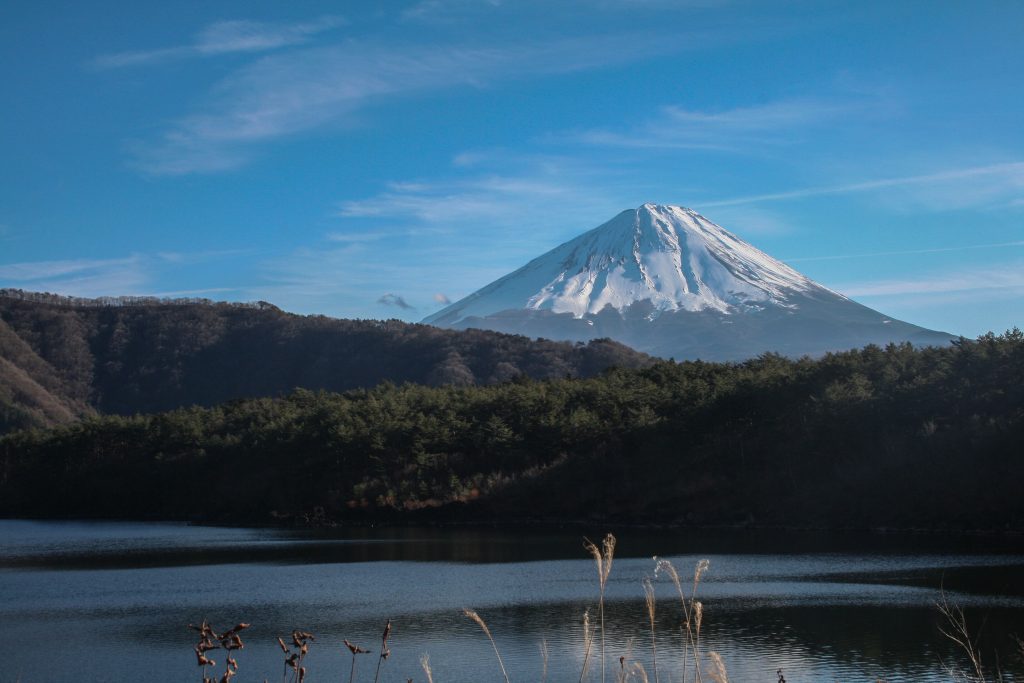
Lake Saiko
A less developed lake due to it’s mountainous surroundings, water activities are popular here as well as hiking along the peaks between the lake and Mount Fuji itself. Buses serve the area and the lake is close to the Ice and Wind caves.
When Japan article on Lake Saiko
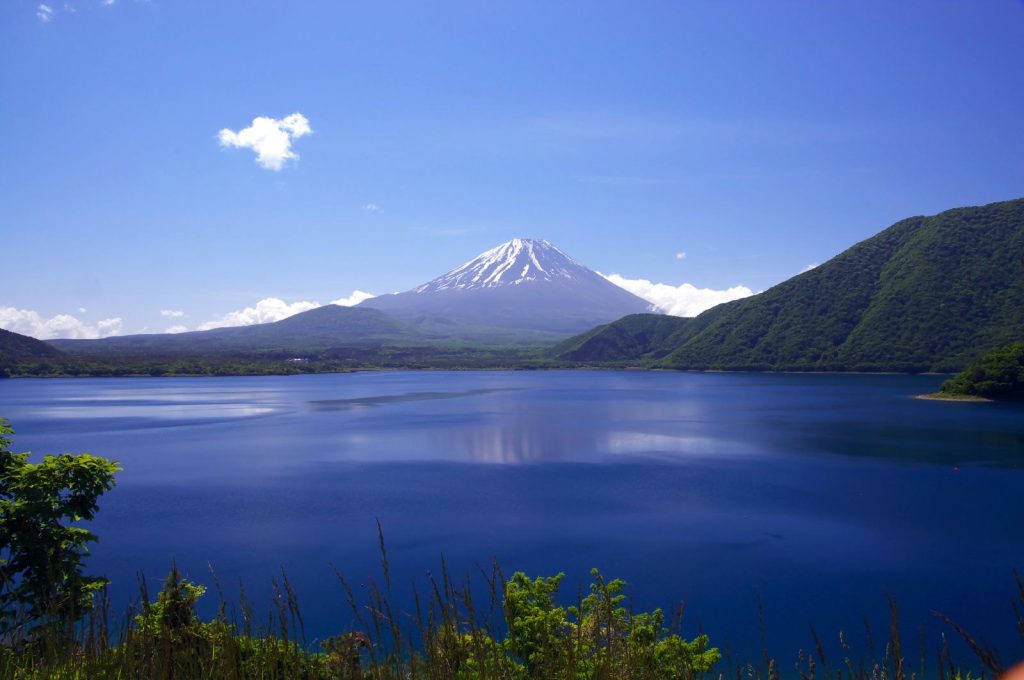
Lake Motosuko
The furthest west of all the lakes, the area is very underdeveloped and mostly for hikers. The image on the back of the ¥1,000 note is from this lake and you can walk to that spot in about 1 hour.
When Japan article on Lake Motosuko
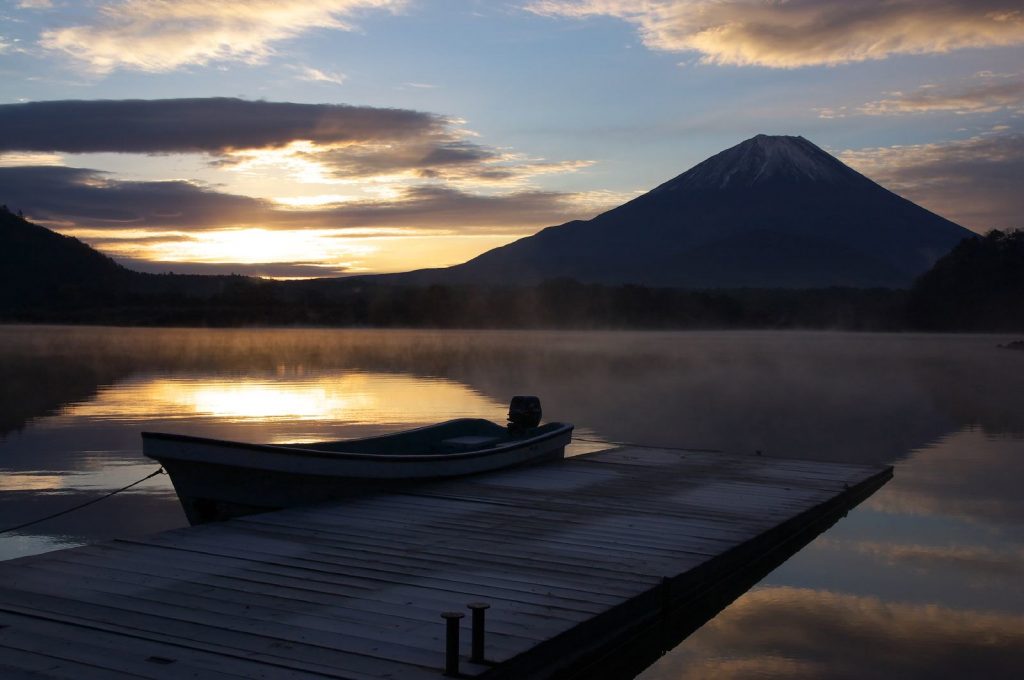
Lake Shojiko
A small and barely developed lake with popular at sunrise with photographers.
When Japan article on Lake Shojiko
Formation of the lakes
The lakes were formed due to the activity of the volcano at the location of the current Mount Fuji over many thousands of years. This page has a detailed outline of the progression showing that as lava flows blocked rivers and filling in existing lakes, the number and location of the lakes changed over the millennia.
The current lakes are actually at different elevations, with the highest Lake Yamanakako often freezing partially during winter.
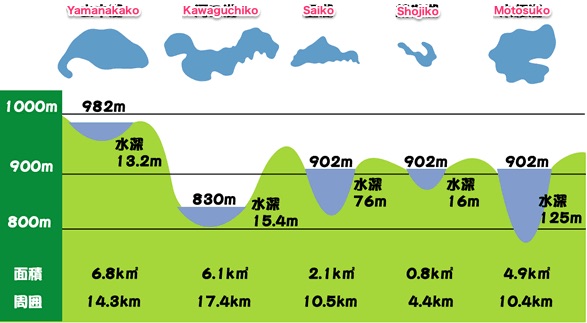
The three western lakes are all connected underground as one lake that was split into three due to lava flows recorded in 864AD (Lake Saiko, Shojiko and Motosuko) and 937AD (Lake Yamanakako). Prior to the eruption of 937AD Lake Yamanakako had not existed for around 10,000 years.
Access to Fuji Five Lakes
Check out the individual articles for details on how to access each lake. In general however a bus from Tokyo (or nearby Hakone) will get you to Lake Kawaguchiko or Lake Yamanakako, while trains only go to Lake Kawaguchiko. The other lakes are accessible from Lake Kawaguchiko only.
